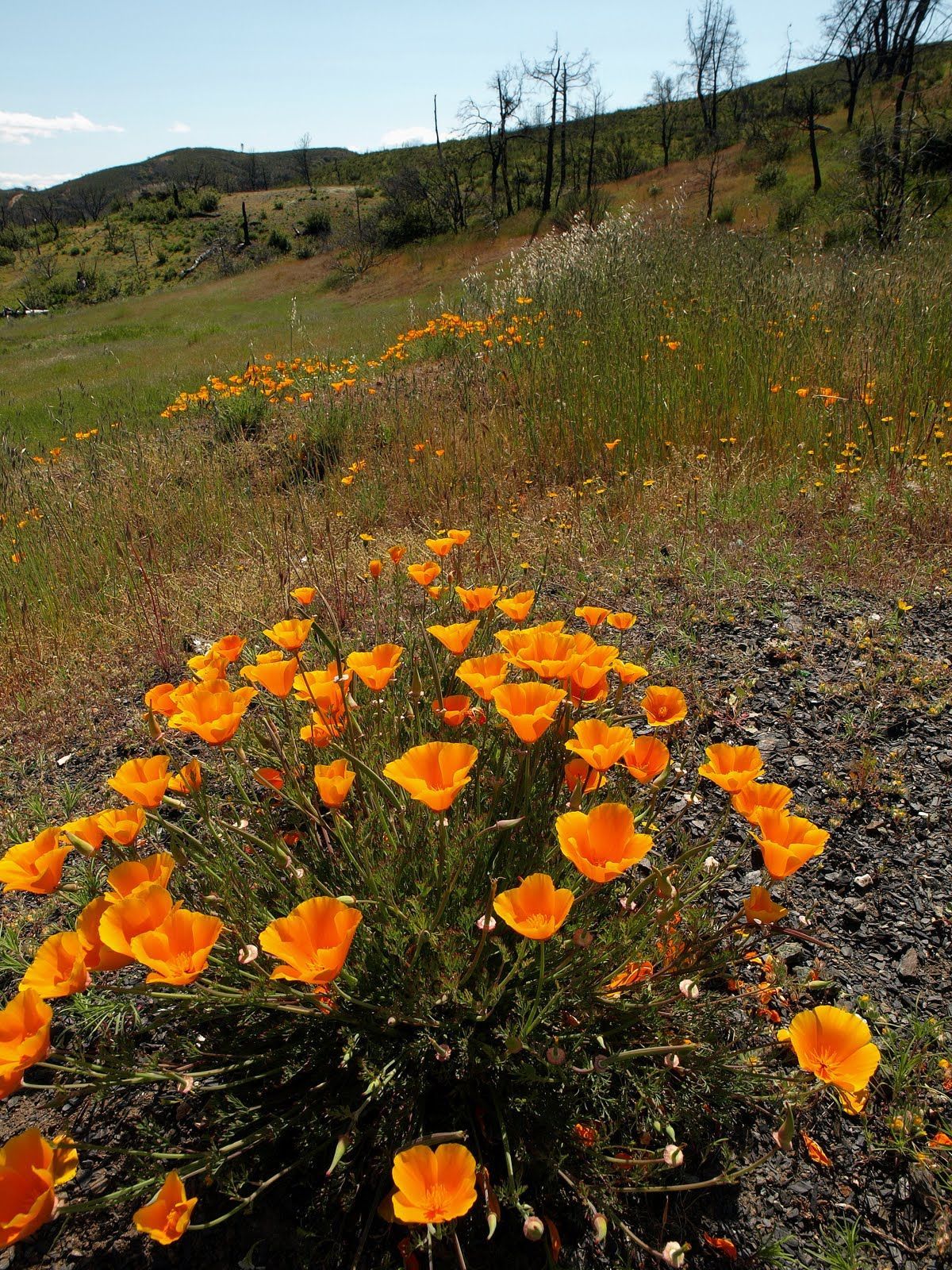Tuleyome's Policy Corner - Monuments in the Spotlight

Poppies on Molok Luyuk
A lot has happened in the couple of weeks, but we’re going to focus on protection for four National Monuments – Berryessa Snow Mountain, Grand Staircase-Escalante, Bears Ears, and Baaj Nwaavjo I’tah Kukveni – Ancestral Footprints of the Grand Canyon.
Close to home, support for protecting Molok Luyuk grows
Yesterday, August 15th, the Lake County Board of Supervisors voted 5:0 for a resolution in support of adding Molok Luyuk to Berryessa Snow Mountain National Monument, renaming it Molok Luyuk as requested by the Patwin people and ensuring co-management of the Monument by federally recognized tribes.
Supervisor Eddie “EJ” Crandall, whose district Molok Luyuk lies in, brought the resolution forward. Supervisor Crandall spoke eloquently about Molok Luyuk’s significance to Native American tribes in the region and the need to protect the place and its culture and natural resources. He was passionate in his discussion of the need for co-management by the region’s tribes and the benefits that would bring. All members of the Board of Supervisors spoke in favor of the Resolution.
Likewise, all public statements were in support of the resolution. I spoke on behalf of Tuleyome, pointing out that Molok Luyuk is an ecological, cultural and historical treasure that supports multiple habitats, a variety of wildlife and is renown for its remarkable geology. Adding Molok Luyuk to Berryessa Snow Mountain National Monument will preserve this irreplaceable biological and cultural hotspot, protect public enjoyment of the lands, lead to more thoughtful and responsible management of these public lands and preserve our cultural and natural heritage, while bringing more resources and economic opportunities to the surrounding communities.
Also speaking in favor of the resolution were representatives from CalWild and California Native Plant Society. Thousands of others have sent letters, signed petitions and postcards, written LTEs and op eds, testified and gone door to door in support.
The Board will be forwarding their resolution of support to Congress and President Biden.
In Utah and surrounding the Grand Canyon, three National Monuments are protected – Bears Ears, Grand Staircase-Escalante, and Baaj Nwaavjo I’tah Kukveni – Ancestral Footprints of the Grand Canyon
Last week, on Tuesday, August 8th, President Biden designated Baaj Nwaavjo I’tah Kukveni – Ancestral Footprints of the Grand Canyon National Monument, conserving nearly 1 million acres of public lands to the south, northeast and northwest of Grand Canyon National Park. The Baaj Nwaavjo I’tah Kukveni – Ancestral Footprints of the Grand Canyon National Monument protects thousands of cultural and sacred sites that are important to the Southwest Tribal Nations, including the Havasupai Tribe, Hopi Tribe, Hualapai Tribe, Kaibab Band of Paiute Indians, Las Vegas Paiute Tribe, Moapa Band of Paiutes, Paiute Indian Tribe of Utah, Navajo Nation, San Juan Southern Paiute Tribe, Yavapai-Apache Nation, Pueblo of Zuni, and the Colorado River Indian Tribes. It does this while respecting existing rights, such as grazing and minerals, and preserving hunting and fishing access.
On Friday, August 11th, a federal judge dismissed a lawsuit aimed at rolling back the Bear Ears and Grand Staircase-Escalante National Monuments. President Clinton established Grand Staircase-Escalante in 1996 and President Obama establish Bears Ears in 2017. In 2017, President Trump attempted to reduce their boundaries by approximately 50 and 85 percent, respectively. Both are sacred to native peoples, including the Hopi, Ute Indian, Ute Mountain Ute, Zuni Tribes and Navajo Nation. The State of Utah and others challenged President Biden’s the use of the Antiquities Act to reinstate the boundaries. U.S District Judge David Nuffer said that President Biden acted within his authority, that the President can issue proclamations creating Monument “as he sees fit” and that those actions are not reviewable by the Court. The State of Utah plans to appeal.
-Sandra Schubert; sschubert@tuleyome.org
Executive Director
RECENT ARTICLES






